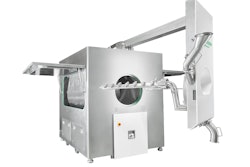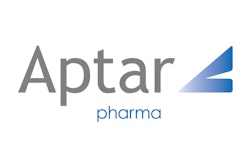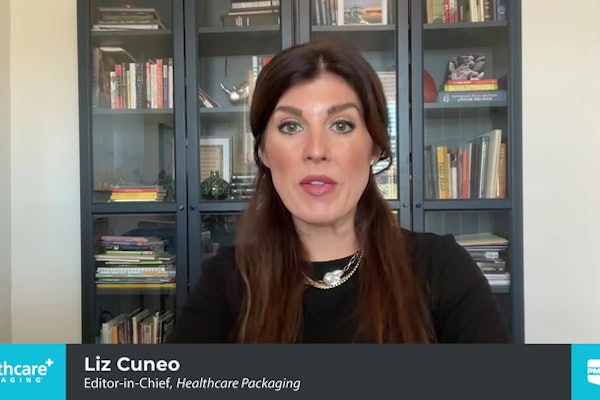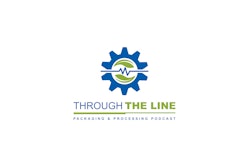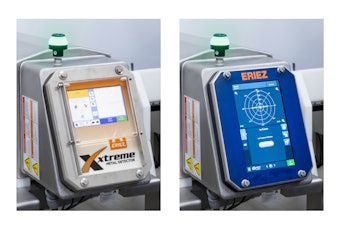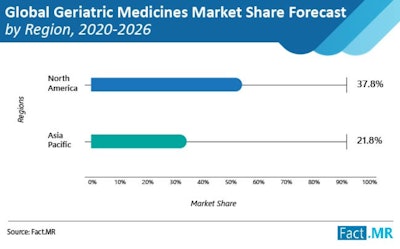
The World Health Organization (WHO) predicts that the global geriatric population (65 and above) shall reach 2 billion by 2050, a 22% increase since the beginning of the 21st century. With the increase, there is an uptick in the prevalence of chronic ailments. This has stimulated the growth of the geriatric healthcare industry. Based on these trends, the global geriatric medicines market is anticipated to expand at a CAGR of 6.0% during the forecast period of 2020 to 2026.
According to a recent Fact.MR market study, important drivers behind the growth of the geriatric medicines market include increased government support for elderly healthcare and technological advancements in medical assistance. Product development for pipeline drugs and collaborations will also be growth catalysts.
COVID-19 and geriatric medicines
The coronavirus pandemic is set to boost the geriatric medicines market. As the number of infections rise daily, the most vulnerable pool is the geriatric population, already suffering from chronic conditions and thus immunocompromised.
Key players are ensuring that their supply chains in the geriatric medicines segment are not compromised during the pandemic.
The report also notes that companies are responding to the coronavirus infection. Astra Zeneca, for instance, has initiated a clinical trial to assess whether one of their drugs has the potential to alleviate the exaggerated immune response posed by COVID-19.
Key takeaways of the study are:
- Analgesic drugs are projected to dominate the global geriatric medicines market, growing at a CAGR of 6.0% and capture over 40% of the market share, through usage of painkillers such as Ibuprofen and Diclofenac.
- The antihypertensive segment is anticipated to catch up, registering a CAGR of 6.5%. Increased prevalence of hypertension owing to changing lifestyles is a key growth determinant for this segment.
- Projections indicate the cardiovascular segment market share will exceed 40% of the global geriatric medicines market, with increased incidences of cardiac arrests and strokes among the geriatric population.
- By distribution channel, hospitals are anticipated to account for the maximum market share, capturing more than half of the global geriatric medicines market.
- North America shall retain market leadership throughout the forecast period. The region is anticipated to expand at a CAGR of 5.9%, capturing nearly 40% of the global geriatric medicines market. Rising cases of diseases such as obesity, presence of key market players, emerging clinical studies and research projects are anticipated to boost the region’s growth.
- Asia-Pacific shows lucrative growth prospects. Rising prevalence of diseases due to a large population base and investment in health infrastructure shall also drive the region’s growth. Asia-Pacific is poised to expand at a CAGR of 6.7%, capturing 20% of the global geriatric medicines market.
The full report is available for download here.




